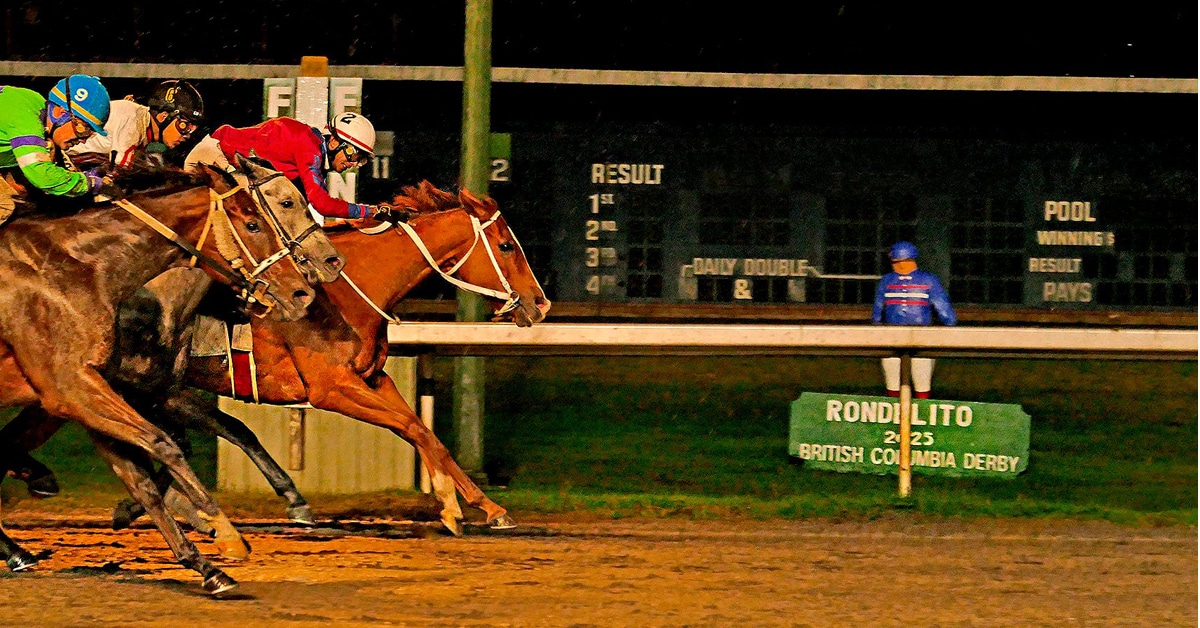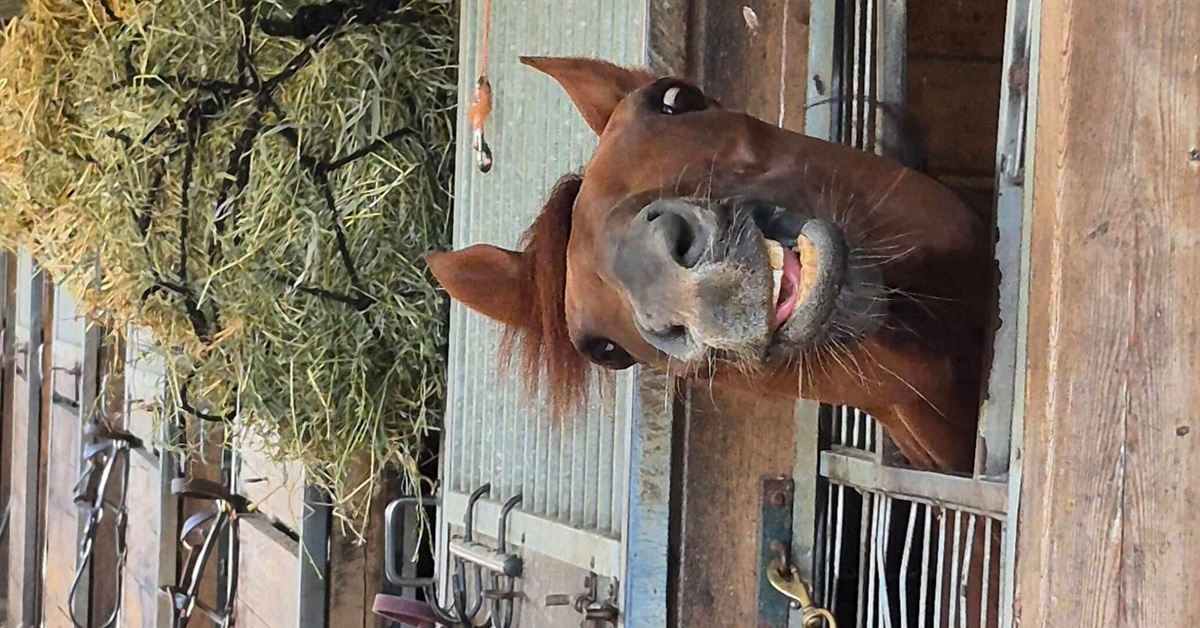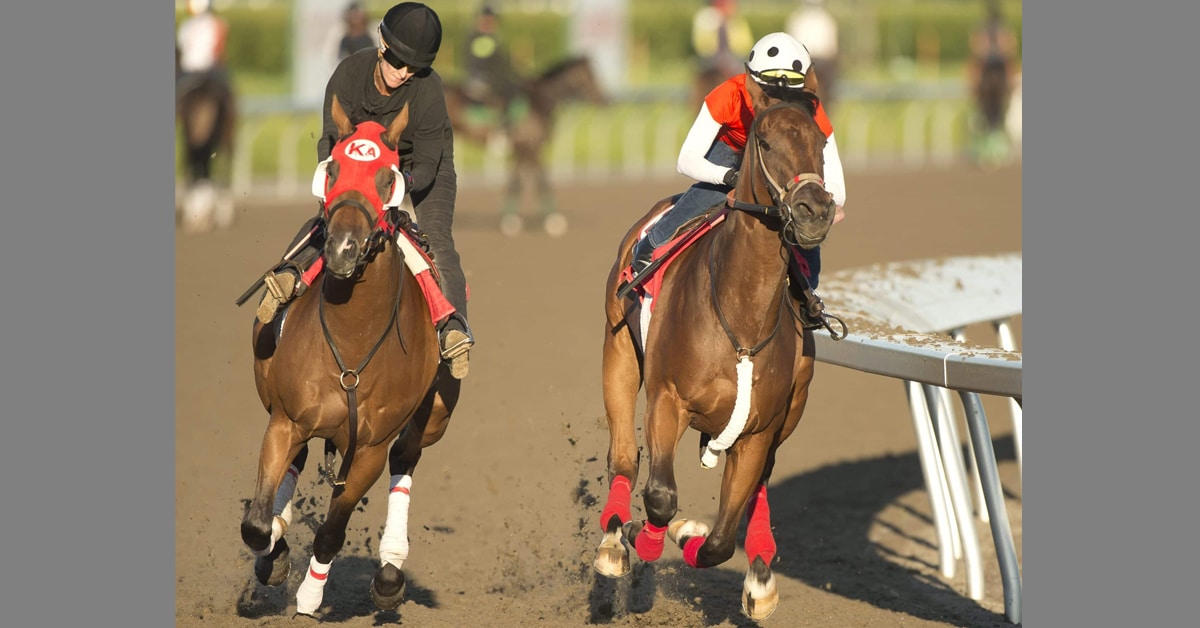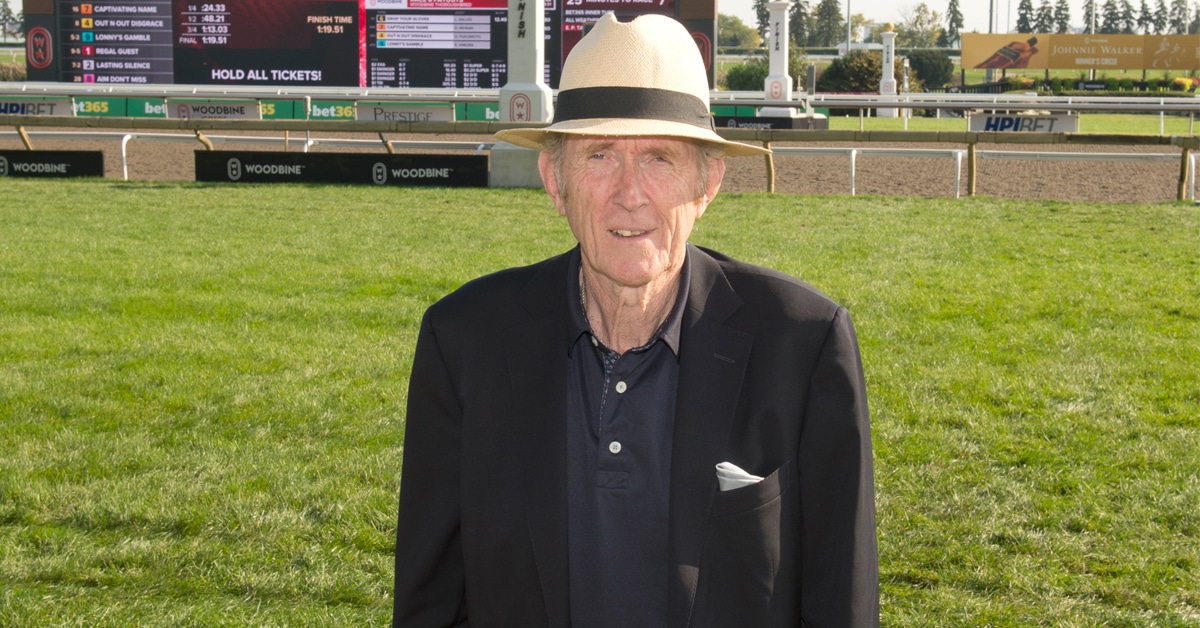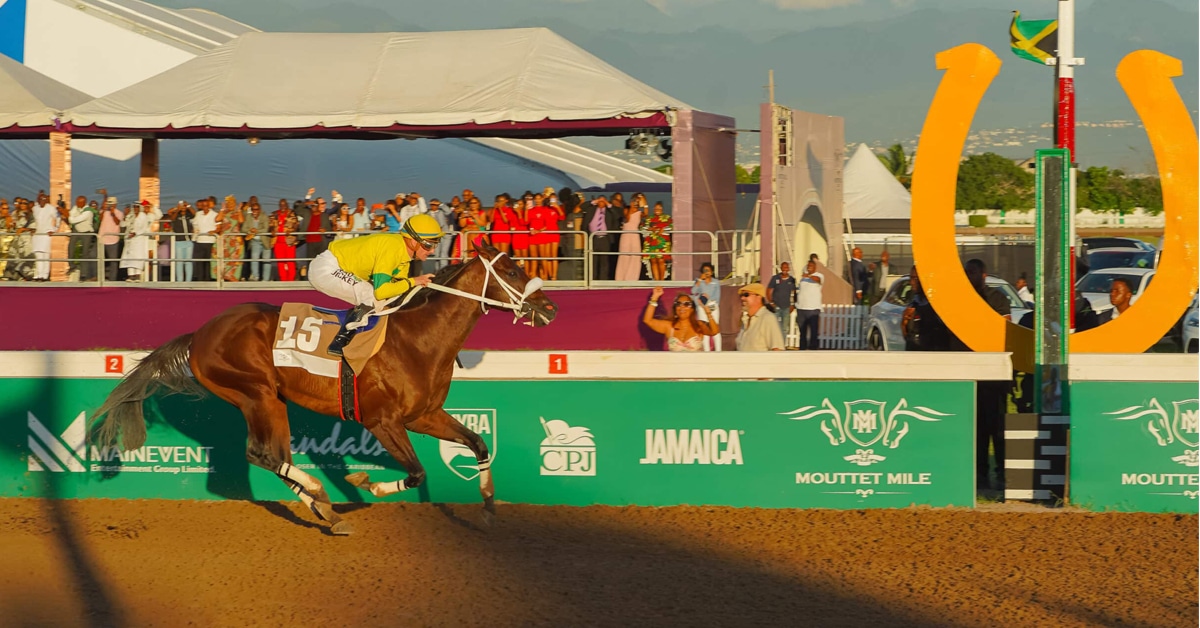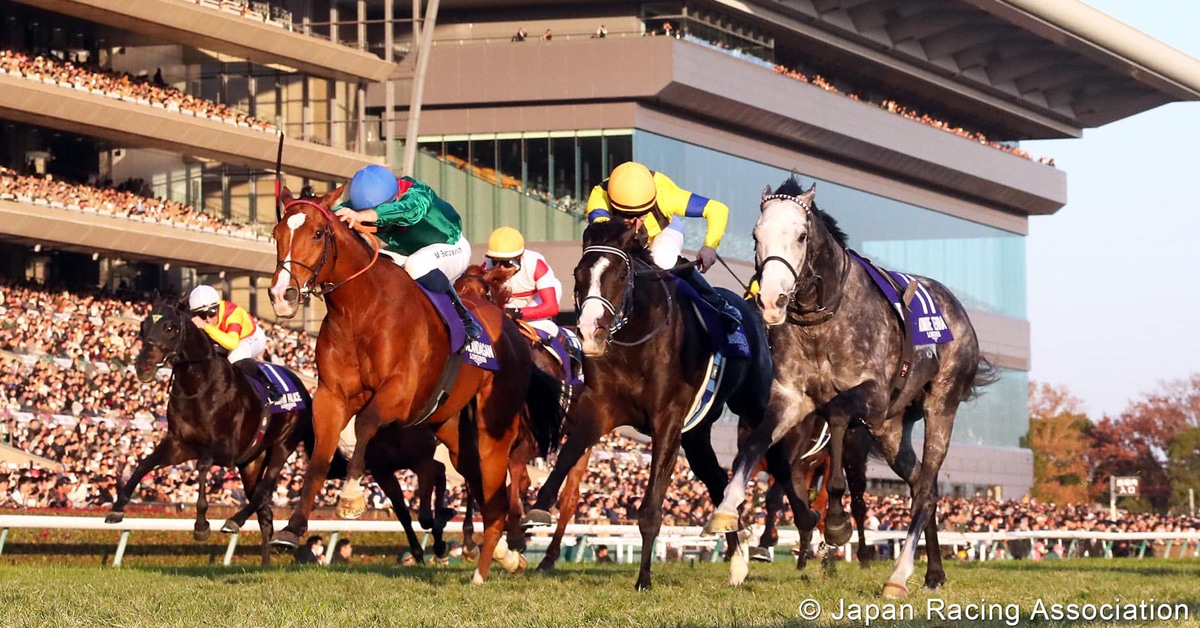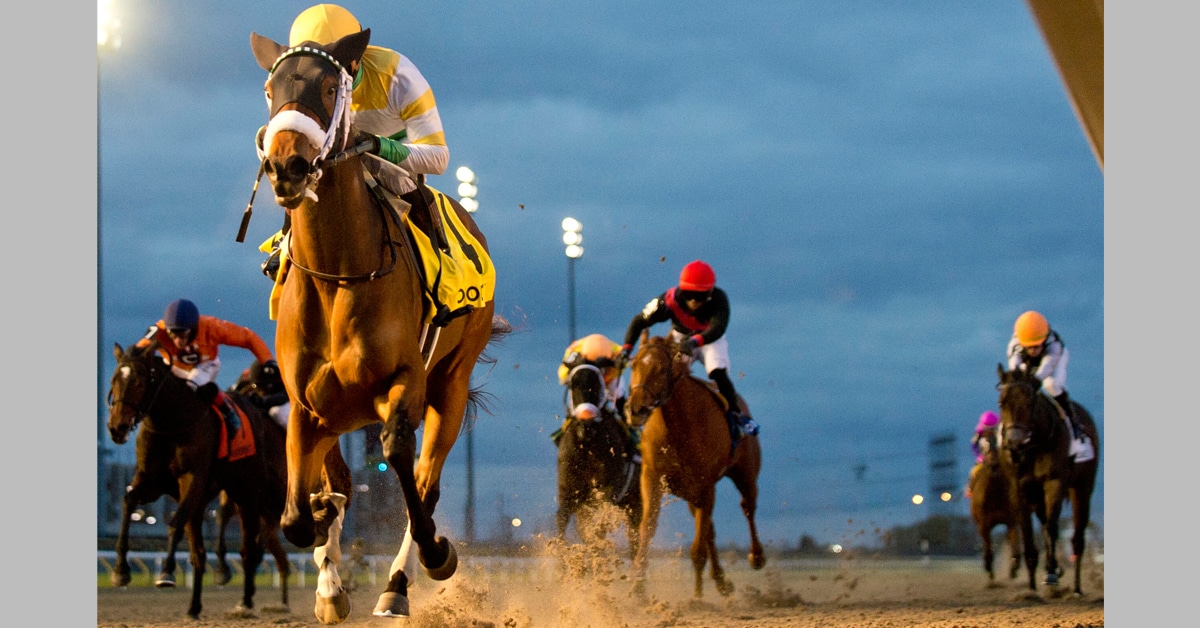When the government announced the end of the Slots-At-Racetracks program they noted it was part of the Ontario Lottery and Gaming Corporation’s Modernization Strategy. Part of that strategy includes the OLG’s Charitable Bingo and Gaming Revitalization Initiative which they note includes “new products and technologies – like electronic bingo and other games – to invigorate the traditional bingo experience, with the objective of generating more money for thousands of local charities.”
In an article published January 3, 2013 on the Standardbred Canada website (read here), it was revealed that these electronic bingo games look exactly like traditional slot machines. Further detailed in the article is that six new gaming centres featuring these “bingo” terminals are all located within 40 kilometres of existing gaming facilities – and many much, much closer.
The facilities are privately owned and operated, but the OLG has supplied the brand new machines, which look like slot machines, but are called “play-on-demand” machines. The OLG has stated that neither they nor the government will receive proceeds from the bingo halls, rather the revenue will we used to cover the costs of bingo modernization plan, referring to their share as “revenue neutral.” The OLG asserts that their role is to conduct and manage the project, and that it will cost them $475 million over the next eight years to do so, which is the same amount they boast that charities will receive over the same time period, with an average of $59.375 million per year.
They have noted the revenue split as follows: a centralized marketing fund of 7% will be set aside off the top; the bingo hall operator will get a blended 47% of the remaining net win; charities will receive 25%; the OLG will receive 25%, which is revenue neutral to cover costs; and the municipality will receive 3%. In addition, 10% of food and beverage sales will be provided to charities from the OLG’s 25% share.
More News
